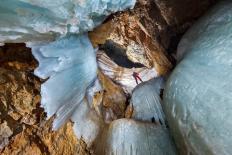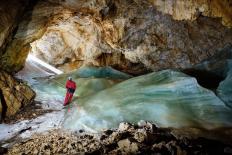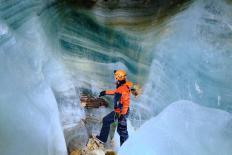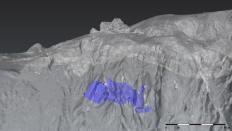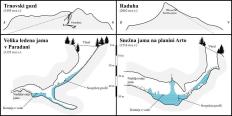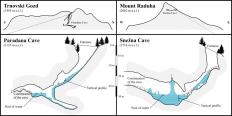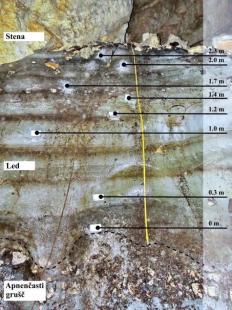Supporting Holocene Climate Reconstruction with High-Resolution Cryospheric Proxies from the Karst Ice Caves of Slovenia
Principal Investigator at ZRC SAZU
Jure Tičar, PhD-
Original Title
Podpora rekonstrukciji holocenskega podnebja z visokoločljivimi kriosferskimi podatki iz kraških ledenih jam v Sloveniji
Project Team
Matija Zorn, PhD, Matej Lipar, PhD, Mateja Ferk, PhD, Rok Ciglič, PhD, Mauro Hrvatin, PhD, Miha Pavšek, MA, Špela Čonč, PhD, Lenart Štaut, Dr. Polona Vreča, Dr. Sonja Lojen, Dr. Tea Zuliani, Klara Nagode-
Project ID
J6-50214
-
Duration
1 October 2023–30 September 2026 -
SICRIS
SICRIS -
Lead Partner
-
Project Leader
-
Financial Source
Slovenian Research and Innovation Agency

Partners
Institut »Jožef Stefan«, Department of Environmental Sciences
DESCRIPTION
The effects of solar radiation triggered the Holocene, marked by the cold Younger Dryas event at 11.65 ka, which halted the initial warming. Paleoclimate data can be obtained from a variety of sources in the cryosphere, including ice cores from alpine glaciers, small glacieretes and ice caves. It is estimated that the Pleistocene glaciation, with the remains still present in the Holocene, covered 9% of the area of Slovenia. From the beginning of the 20th century, there is also systematic monitoring of ice masses in Slovenia. However, it is unclear whether the Holocene Climatic Optimum in this area was not so pronounced that it would have caused the melting of the ice mass to the present extent.
Cave ice preserves environmental archives at both global and regional scales, including proxies such as pollen grains, chemicals, and macrofossils. The key to understanding ice in caves is to know when it accumulated because it serves as a record of the paleoenvironment. Ice formation can begin when various factors (e.g., surface climate, and the morphology of the cave) lead to supercooling of the cave, eventually resulting in large ice masses. Ice caves are the subject of mineralogical and geochemical research, particularly the use of stable carbon and oxygen isotopes as proxies for paleoclimatic interpretations.
In Slovenia, 205 known caves with ice have been registered. However, only a few ice caves have been the subject of in-depth studies. The Ivačičeva, Snežna, and Paradana caves were selected as part of the basic project itinerary based on previous experience and data collection.
The aim of the proposed research is to assess the dynamics of recent changes in ice mass balance reflecting climatic changes during the Holocene, and to reconstruct paleoclimatic records from permanent perennial ice in the karst ice caves in Slovenia based on high-resolution isotopic, dating, and glaciochemical analyses.
This will be accomplished by inventorying ice cave profiles, where we will assess chronological changes in ice mass balance. We will secure longterm mass balance measurements and pseudo-3D ground penetrating radar profiles in selected cave sections to understand the dynamics of recent ice changes in caves. Climate monitoring will provide insights into cave temperatures, humidity, wind speeds, atmospheric pressure, snowmelt, and atmospheric water inflow in cave systems to assess recent conditions and compare with other studies at European and global scales. Data will be compared with local meteorological stations to monitor cave climate response to external atmospheric conditions. Geochemical analyses will be conducted to understand the effects of local geologic strata on ice cave formation and their potential impact on the geochemical composition of cave ice. Evaluation of ice formation and post-depositional processes will be studied in detail to determine the most appropriate locations for ice sampling and drilling. The isotopic composition of the ice will be studied in detail to provide a high-resolution profile of cave ice deposition and compared to the local meteoric water lines using the SLONIP database. Glaciochemical element analysis of cave ice will ensure an understanding of the influx of chemical elements from the atmosphere into cave ice. If possible, the dating with selected elements from ice and of potential organic material will provide consistent data on the age of cave ice deposits. Insights gained from high-resolution analysis of cave ice will be confronted with Holocene climate records on a regional scale to better understand the response of cave ice to climate evolution over the past 11.65 ka years. This will not only provide a basis for understanding the climate of the southeastern Alps but also fill the gap in understanding the response of ice caves during the Holocene at the bridge between the Alps and the Dinaric Mountains.
Collaborating Institutes:
- Byrd Polar and Climate Research Center, School of Earth Sciences, Ohio State University, USA
- Institute of Nuclear Research, Eötvös Loránd Research Network, Debrecen, Hungary
- Department of Wood Science and Technology, Biotechnical Faculty, University of Ljubljana
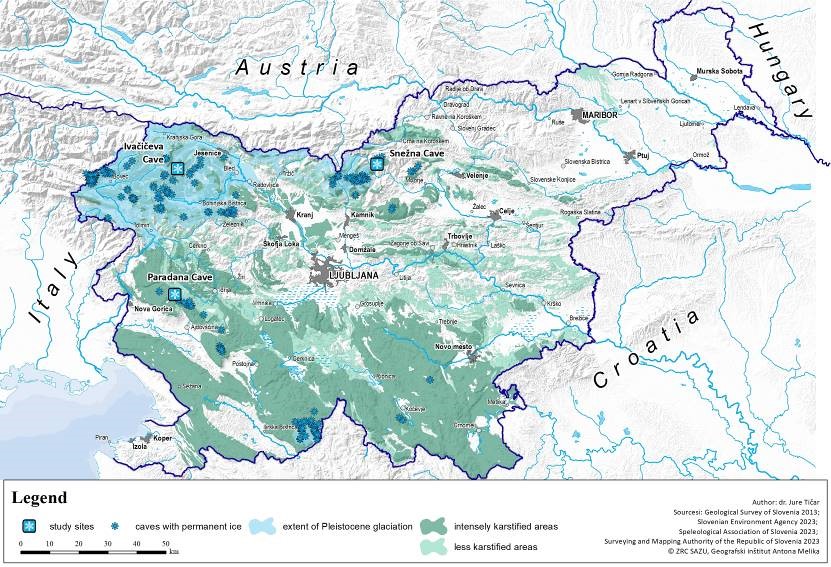
Map 1: The selected caves are located in the Julian Alps, Kamnik-Savinja Alps and Trnovski Gozd Plateau (author: Jure Tičar).
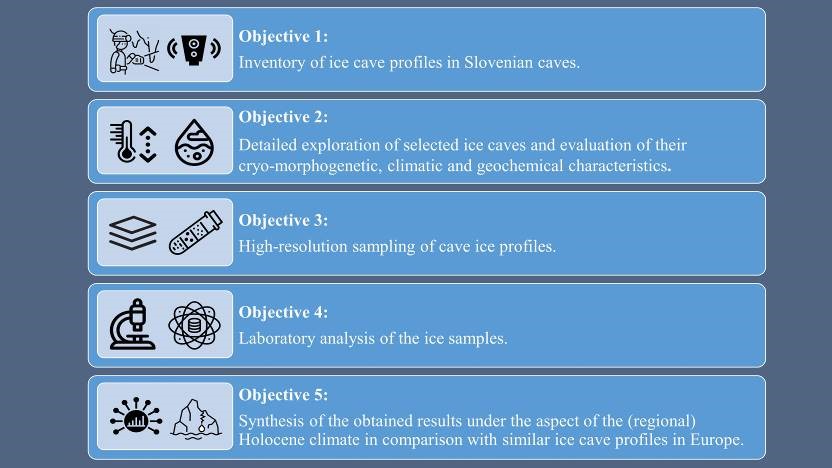
Figure 1: The main objectives of the research project.
Gallery:
